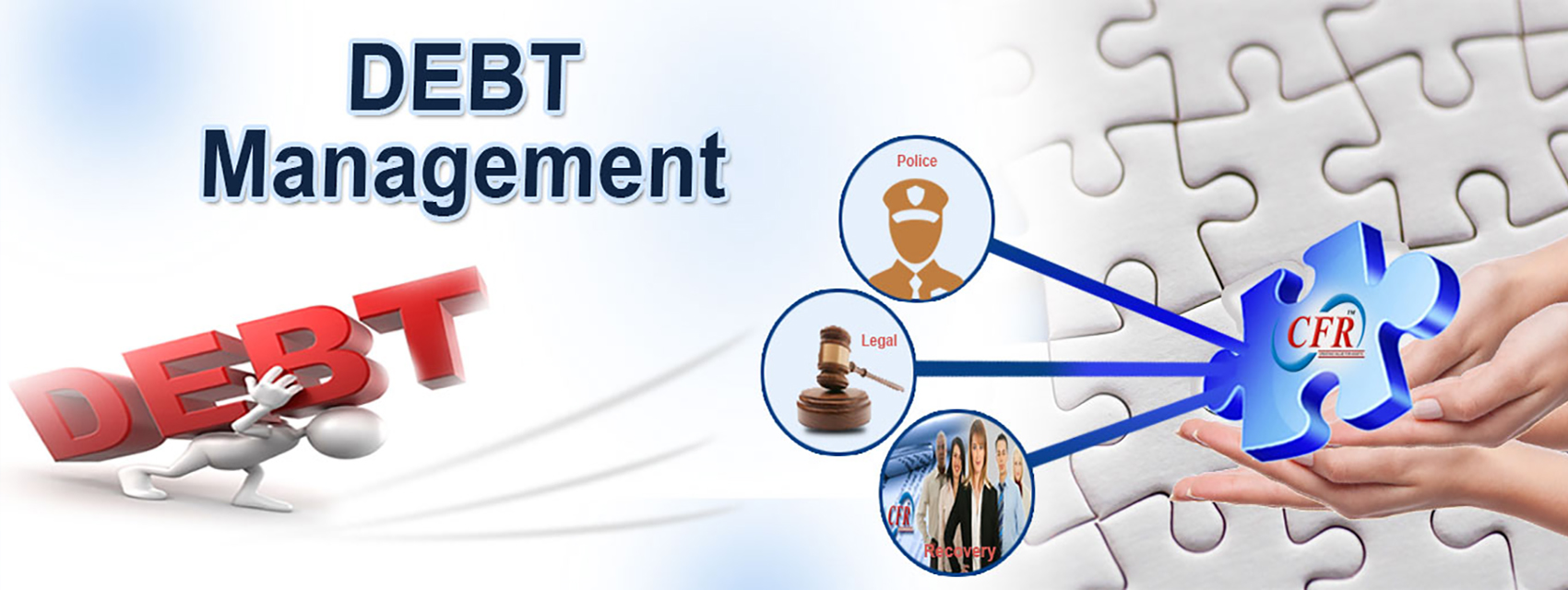Whatever You Need to Learn About Creating a Customized Financial Debt Administration Strategy
In the world of personal finance, devising a tailored debt management strategy is frequently the cornerstone of attaining financial security and tranquility of mind. As you browse the intricacies of developing a personalized financial debt administration plan, understanding the details of each step is vital to your monetary success.
Evaluating Your Present Financial Debt Situation
One must initially perform a complete examination of their existing debt responsibilities before developing a reliable financial obligation monitoring strategy. Evaluating your present financial debt circumstance is a vital initial step in obtaining control of your funds. Begin by gathering all required monetary documents, such as charge card declarations, financing contracts, and any type of impressive costs. Create a breakdown of each financial obligation, consisting of the overall quantity owed, rates of interest, minimum monthly settlements, and due days. This comprehensive introduction will certainly provide a clear image of your financial standing and help prioritize which financial debts to deal with first.
After compiling this info, calculate your complete debt-to-income ratio by splitting your month-to-month debt payments by your month-to-month earnings. This ratio is an essential sign of your capability to handle existing financial debt levels effectively. In addition, examine your credit rating record to identify any type of mistakes or discrepancies that might be influencing your credit scores score. Recognizing these facets of your economic situation will certainly guide you in creating a personalized debt administration plan customized to your specific needs and goals.
Setup Financial Goals and Targets

When establishing monetary goals, it is very important to be particular, measurable, achievable, relevant, and time-bound (WISE) For instance, you may establish a goal to repay a certain quantity of debt within a details timespan, such as decreasing your debt card equilibrium by $5,000 in the next twelve month - More Discussion Posted Here. By setting clear targets similar to this, you can track your development and remain inspired to accomplish your debt monitoring goals
Additionally, consider prioritizing your financial obligations based upon elements such as rate of interest prices, impressive balances, and payment terms. By concentrating on high-interest financial obligations first, you can save money in the long run and increase your trip towards monetary freedom. Bear in mind, everyone's economic scenario is distinct, so customize your targets and objectives to fit your individual demands and scenarios.
Producing a Realistic Budget Plan
Crafting a distinct spending plan is an essential step in effective financial obligation monitoring and monetary planning. A reasonable spending plan serves as a roadmap for your economic wellness, aiding you track your income, costs, and debt payments. To create a functional spending plan, start by listing all your resources of income.
Consistently review and readjust your spending plan as required to remain on track with your monetary goals and financial obligation repayment plan. By adhering to a realistic budget, you can efficiently manage your financial obligation and work towards a more protected economic future.
Exploring Financial Debt Payment Approaches
After developing a practical budget, the next important step in efficient financial debt administration is to check out numerous debt repayment techniques. One typical technique is the snowball approach, where you concentrate on repaying the tiniest financial debts initially while making minimal settlements on bigger financial debts. This approach can help build momentum as you see smaller financial obligations being gotten rid of, providing motivation to take on larger ones.
An additional approach is the avalanche method, which includes prioritizing financial obligations with the highest possible rate of interest. By targeting high-interest financial obligations first, you can reduce the total amount you pay in rate of interest gradually. This technique may be extra cost-efficient in the lengthy run, despite the fact that it may take longer to see private financial debts investigate this site totally paid off.
Debt loan consolidation is an additional option where you incorporate several financial debts published here right into a single funding with a lower rate of interest. This can simplify your settlement process and possibly minimize the total interest paid. However, it's essential to thoroughly consider the charges and terms connected with debt consolidation to ensure it's the right choice for your financial situation.
Tracking and Changing Your Strategy

Changing your plan might involve reapportioning funds to take on high-interest financial debts initially, negotiating with creditors for lower passion prices or far better settlement terms, or discovering extra income sources to accelerate financial debt payment. As your monetary scenario develops, your financial debt management plan should adjust appropriately to remain efficient. By remaining proactive and flexible in tracking and readjusting your plan, you can enhance your initiatives in the direction of paying off your debts successfully and attaining your monetary objectives.
Conclusion
Finally, developing an individualized financial obligation administration strategy includes examining present debt, setting monetary goals, creating a reasonable budget, checking out payment approaches, and tracking and readjusting the strategy as needed. By adhering to these actions, individuals can take control of their monetary circumstance and job towards ending up being debt-free. It is essential to stay regimented and committed to the plan in order to accomplish long-lasting monetary stability.
One need to initially conduct an extensive analysis of their current financial debt obligations before developing a reliable financial debt management plan.After developing a reasonable budget plan, the following crucial action in efficient debt management is to check out different financial obligation repayment techniques - More Discussion Posted Here.To effectively manage your financial debt, continual monitoring and adjustment of your financial obligation monitoring plan are necessary elements for long-term economic security.Adjusting your strategy may click here to read include reapportioning funds to take on high-interest debts initially, working out with financial institutions for reduced interest rates or far better settlement terms, or exploring additional earnings resources to quicken debt payment.In verdict, creating a personalized financial obligation administration plan entails examining current debt, setting economic goals, creating a realistic budget, exploring settlement techniques, and monitoring and changing the plan as required